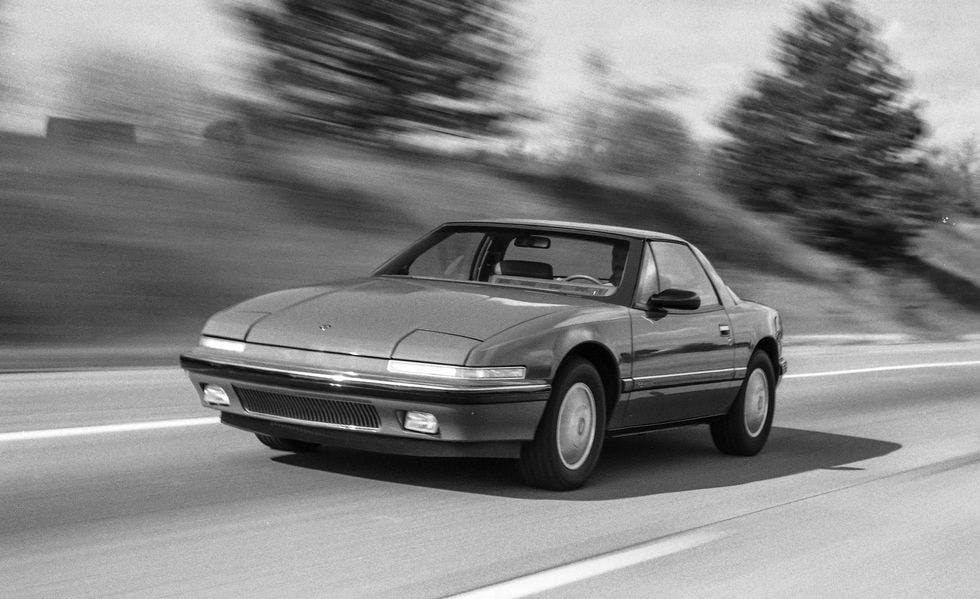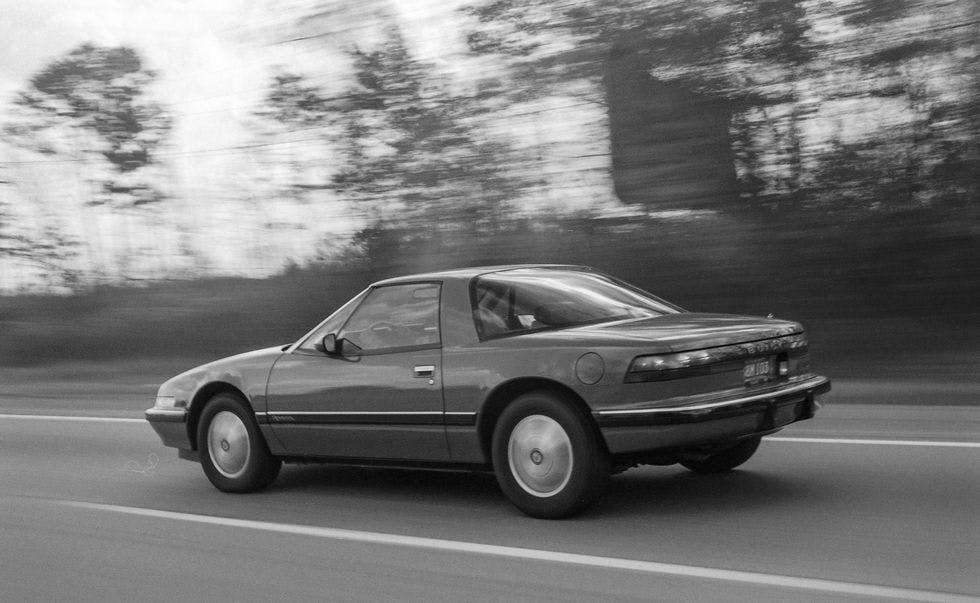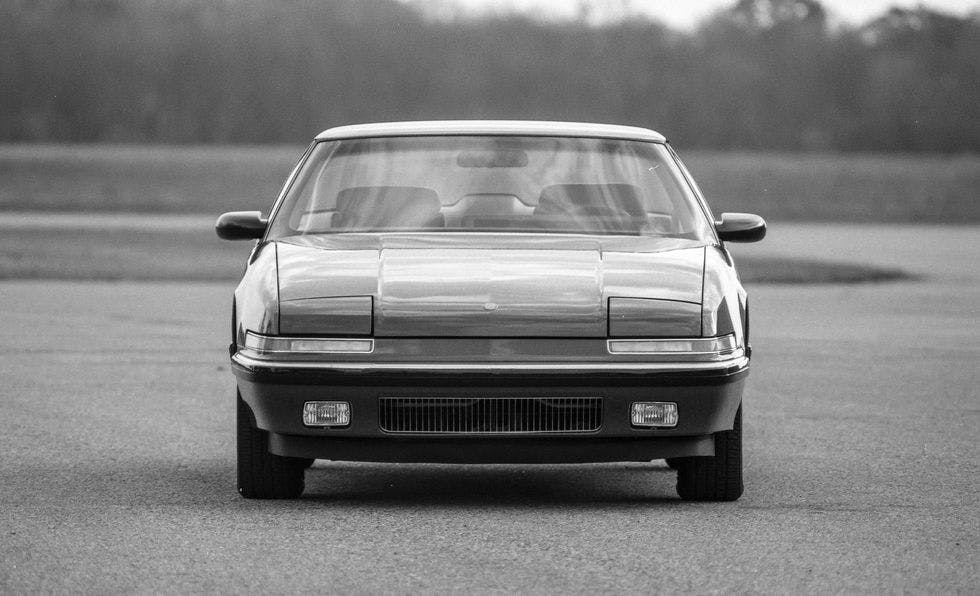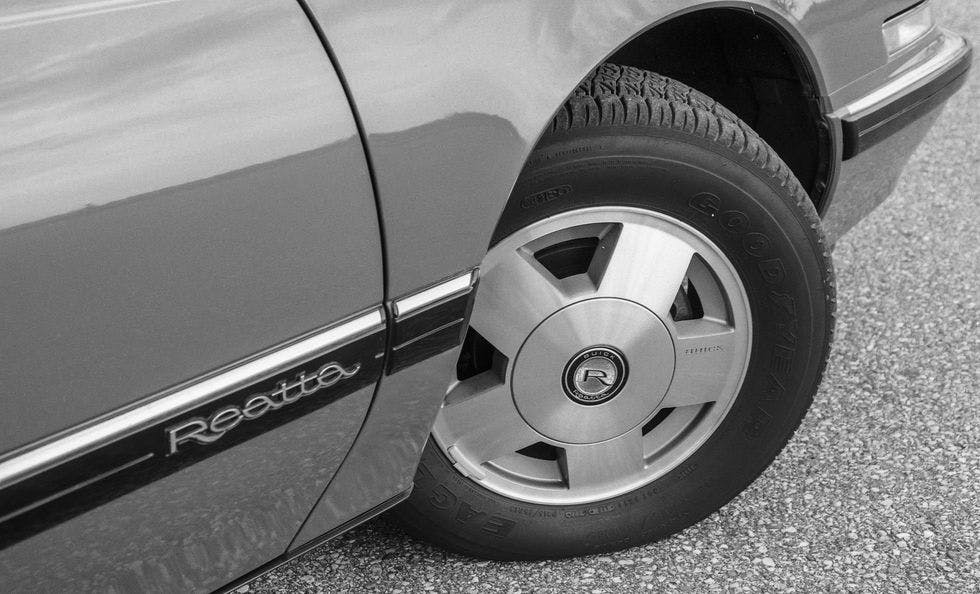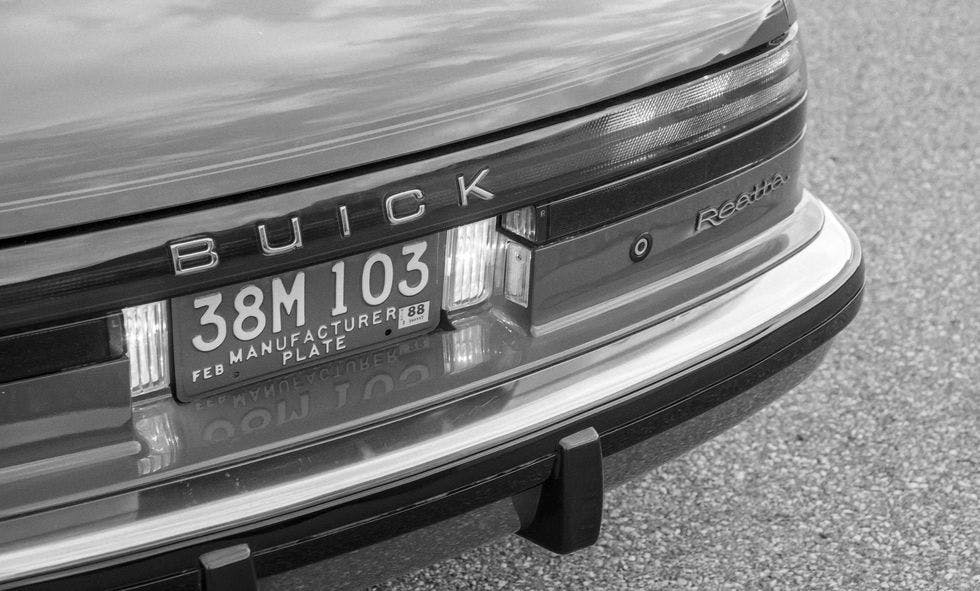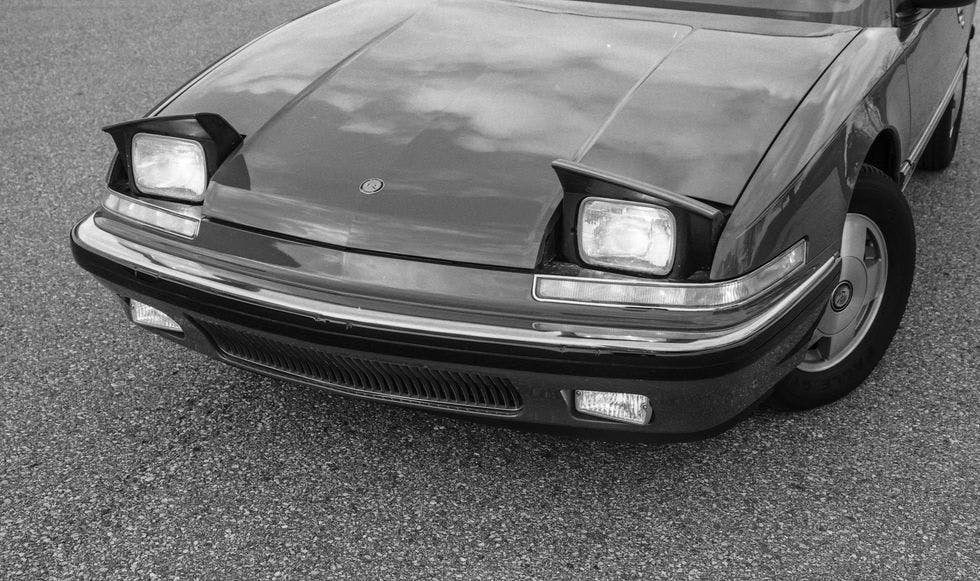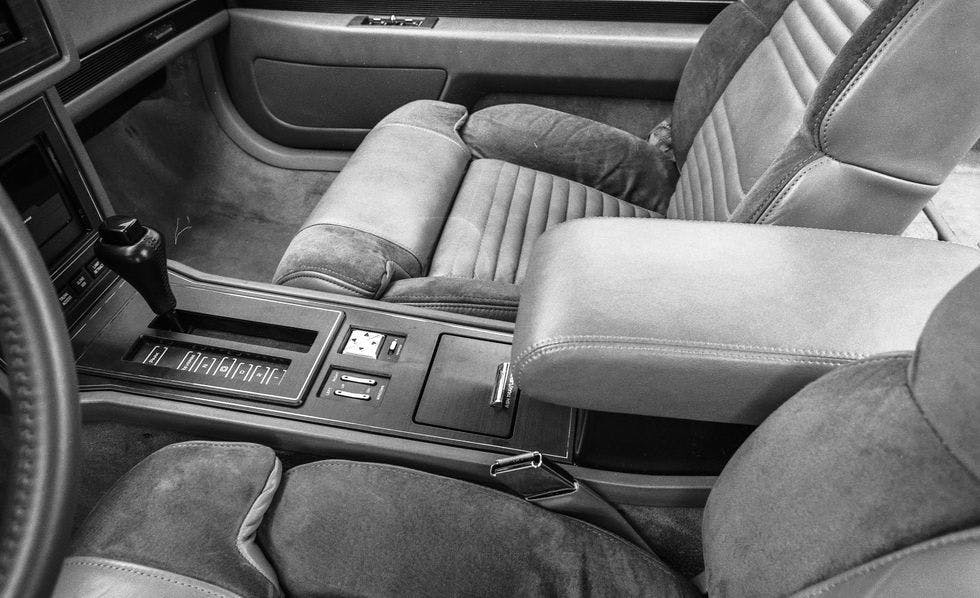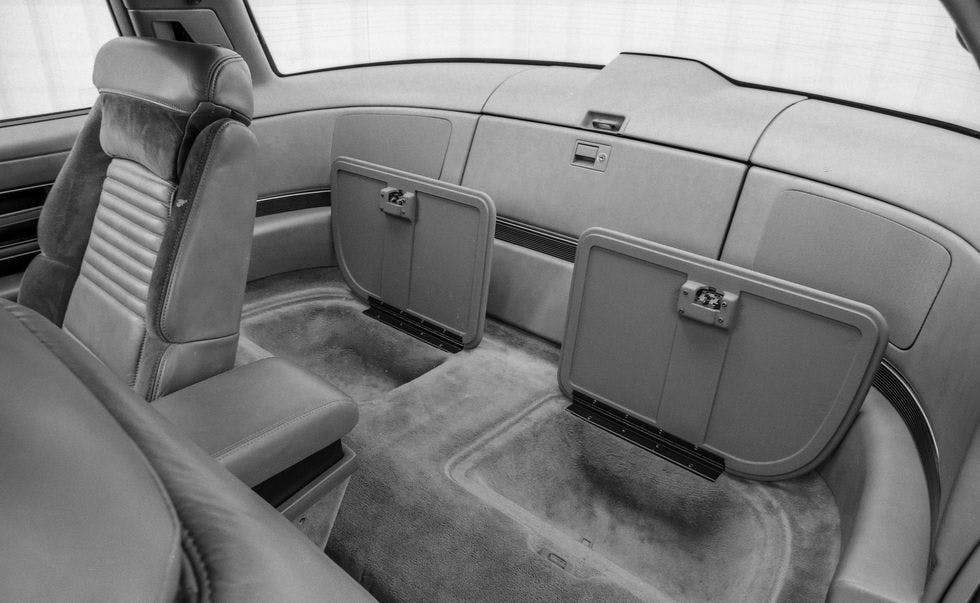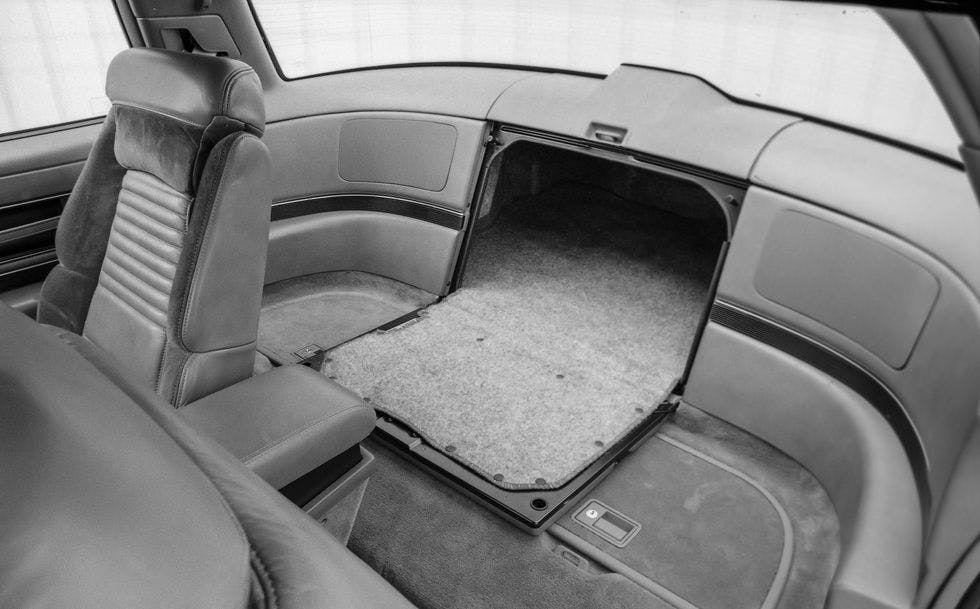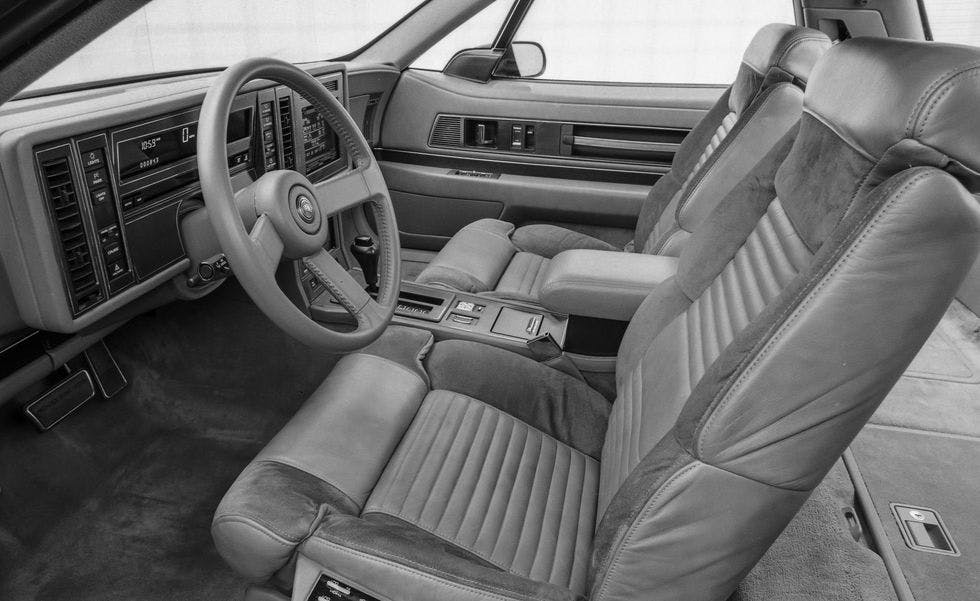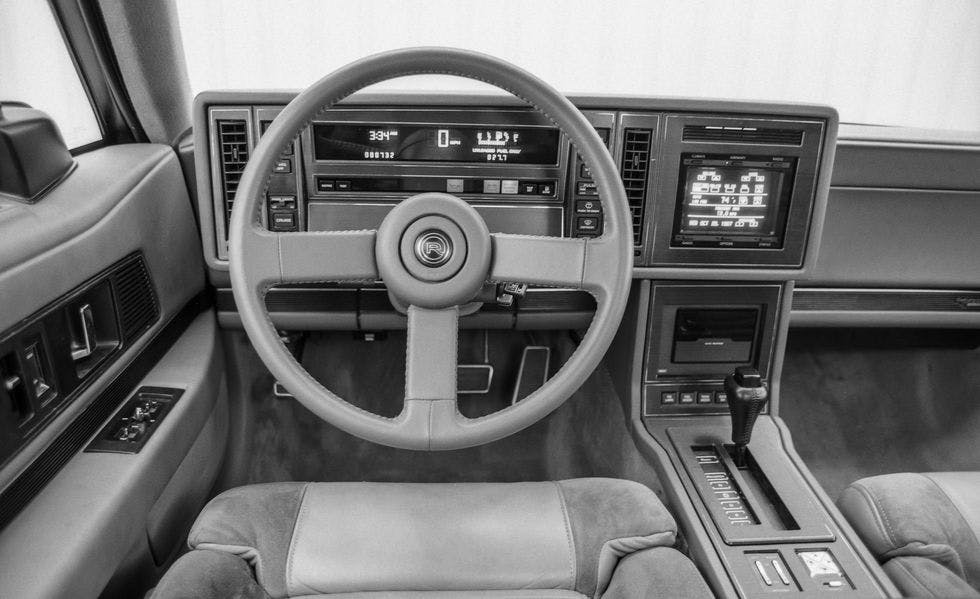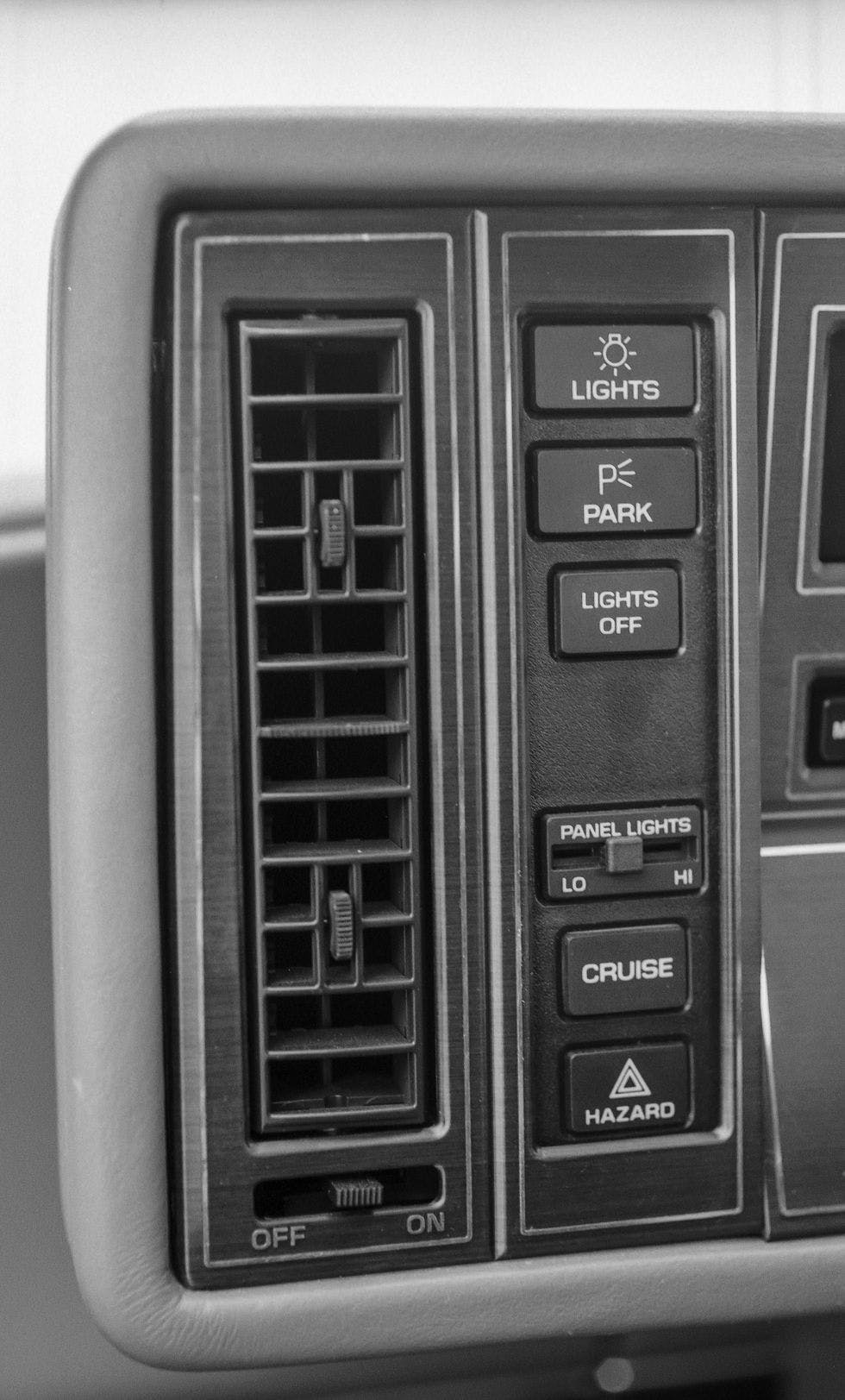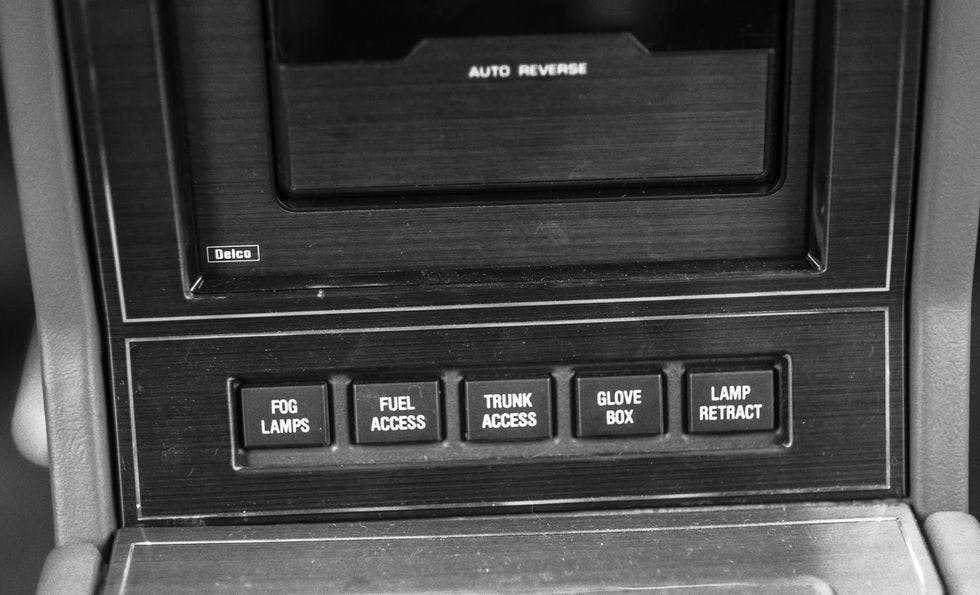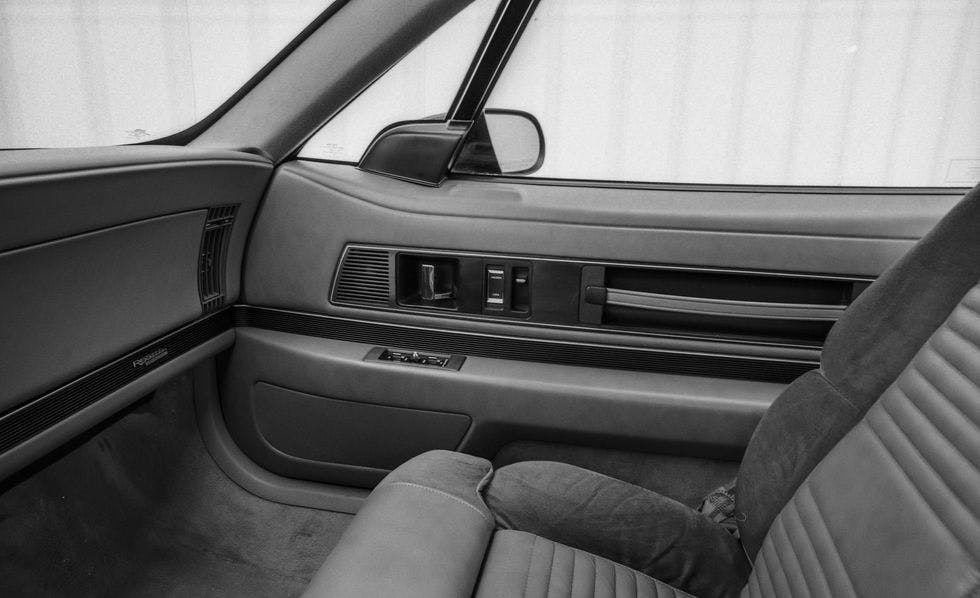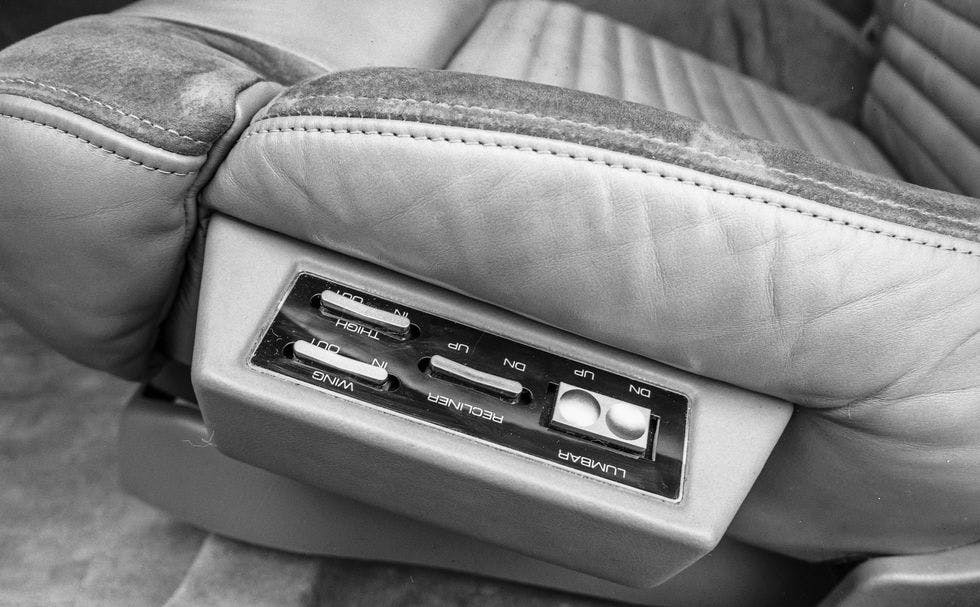
Odd Rides: 1988 Buick Reatta
In the bustling world of the Detroit automobile industry, where traditions often run deep, Jay Qualman stands out as a rare bird—a car enthusiast navigating the high branches of the business. As the advertising manager for the Buick Motor Division, Qualman has a passion for cars that transcends the conventional boundaries. In 1988, his dedication and perseverance brought forth the Buick Reatta, a two-seater that defied the norms of traditional family cars and carved its own niche in the market.
The Unconventional Journey:
Qualman's journey in the automobile industry began with drag racing on Detroit's legendary Woodward Avenue and evolved into a role in Buick's product planning. His ten-year battle to produce a two-seater culminated in the birth of the Buick Reatta. Amidst a landscape dominated by family-oriented vehicles, the Reatta aimed to redefine the perception of Buick, introducing a two-seater designed with a unique blend of sportiness and Buick's signature luxury.
Market-Driven Innovation:
To understand the Reatta's place in the 1988 Buick lineup, Qualman engaged in market research, seeking input from potential buyers. The result was a car designed for those who desired a sporty orientation but still prioritized practicality. Buyers wanted an affordable yet luxurious two-seater, envisioning a vehicle akin to the Mercedes 560SL. Qualman's challenge was to merge sports-car style with Buick's emphasis on comfort, ease of access, and a smooth ride.
The Reatta's Unique Identity:
The Reatta, unveiled as Buick's all-new two-seater, defied conventional expectations. Unlike the typical sports car, it embraced a two-seater configuration "done the Buick way." Built on a shortened version of the Riviera/Toronado/Eldorado/Seville chassis, the Reatta shared some components with the Riviera but had its own identity. Its unit-body construction, galvanized steel frame, and injection-molded thermoplastic front fenders showcased Buick's commitment to quality and innovation.
Engineering Marvels:
The Reatta's development involved a unique collaboration, with Buick outsourcing engineering to British firms and Japanese expertise for sheetmetal dies. The production facility, the Reatta Craft Centre, operated without a traditional assembly line, showcasing a commitment to precision and quality. The result was a car with a rigid body, commendable grip, and a smooth drivetrain powered by GM's 3.8-liter V-6 engine.
On the Road with the Reatta:
A week spent with a pre-production Reatta revealed a vehicle with undeniable strengths. Its styling, while not breathtaking, was pleasant, especially from the rear three-quarter view. Inside, however, the Reatta's design drew criticism for its duplication of the Riviera's instrument panel, including the controversial touch-screen CRT. Despite this, the interior offered sedan-style comfort, ample storage space, and a spacious trunk, making it suitable for long journeys.
The Missing Element:
While the Reatta excelled in comfort and smooth performance, there was a notable absence of the visceral excitement typically associated with two-seater cars. Buick's meticulous effort to eliminate sports-car crudity inadvertently led to a vehicle that was nearly viceless but lacked soul. The Reatta, it seemed, was tailored for those seeking nice transportation rather than enthusiasts craving an exhilarating driving experience.
In the end, the 1988 Buick Reatta found its place in the Buick lineup as a unique offering, crafted for individuals satisfied by nice transportation rather than those seeking sports-car exhilaration. Jay Qualman's vision and determination brought forth a car that, while not without its quirks, stood as a testament to Buick's ability to innovate and adapt to changing market demands. The Reatta may not have been a sports car in the traditional sense, but its blend of luxury and practicality made it a distinctive entry in the automotive landscape of its time.









